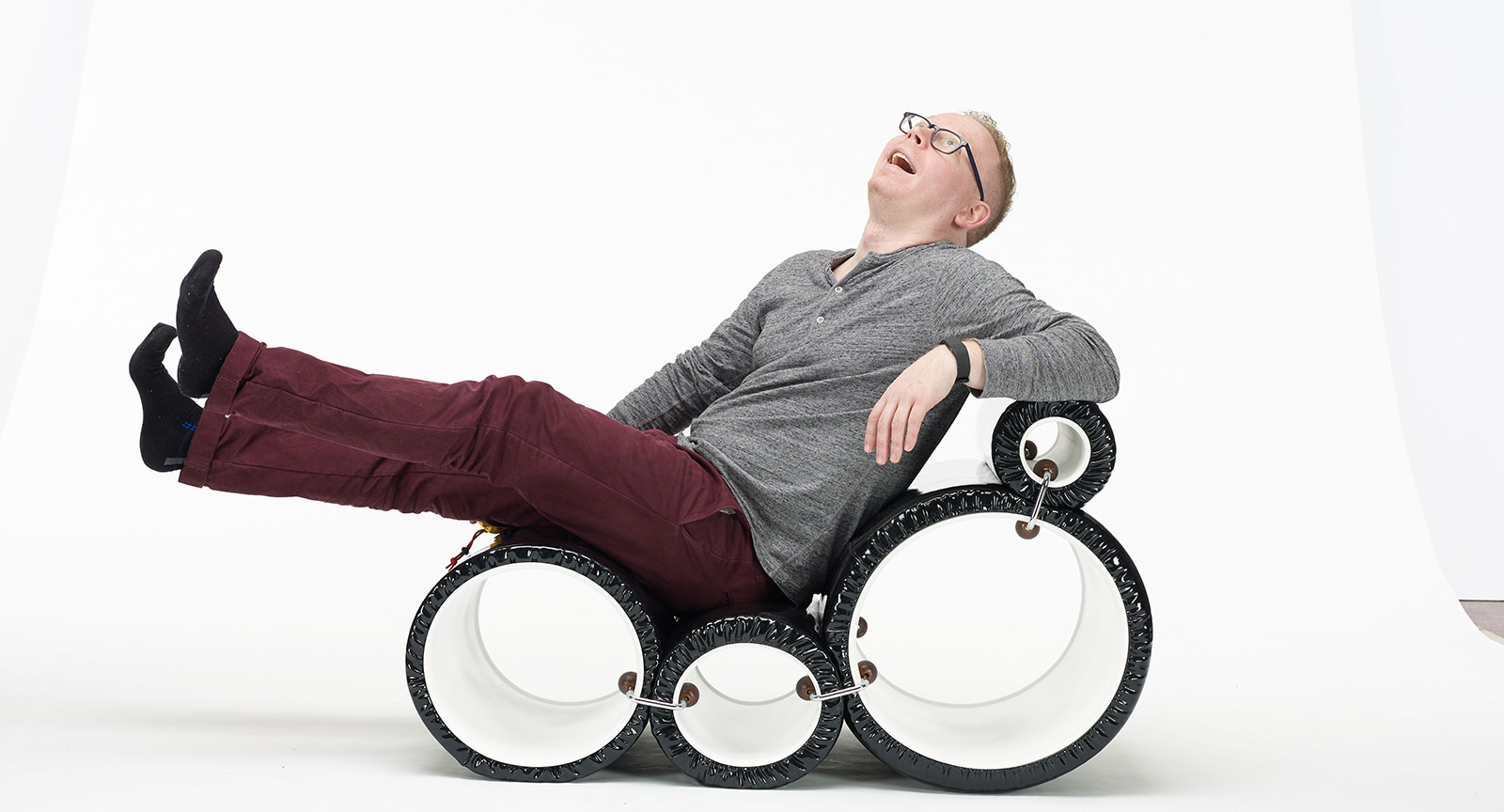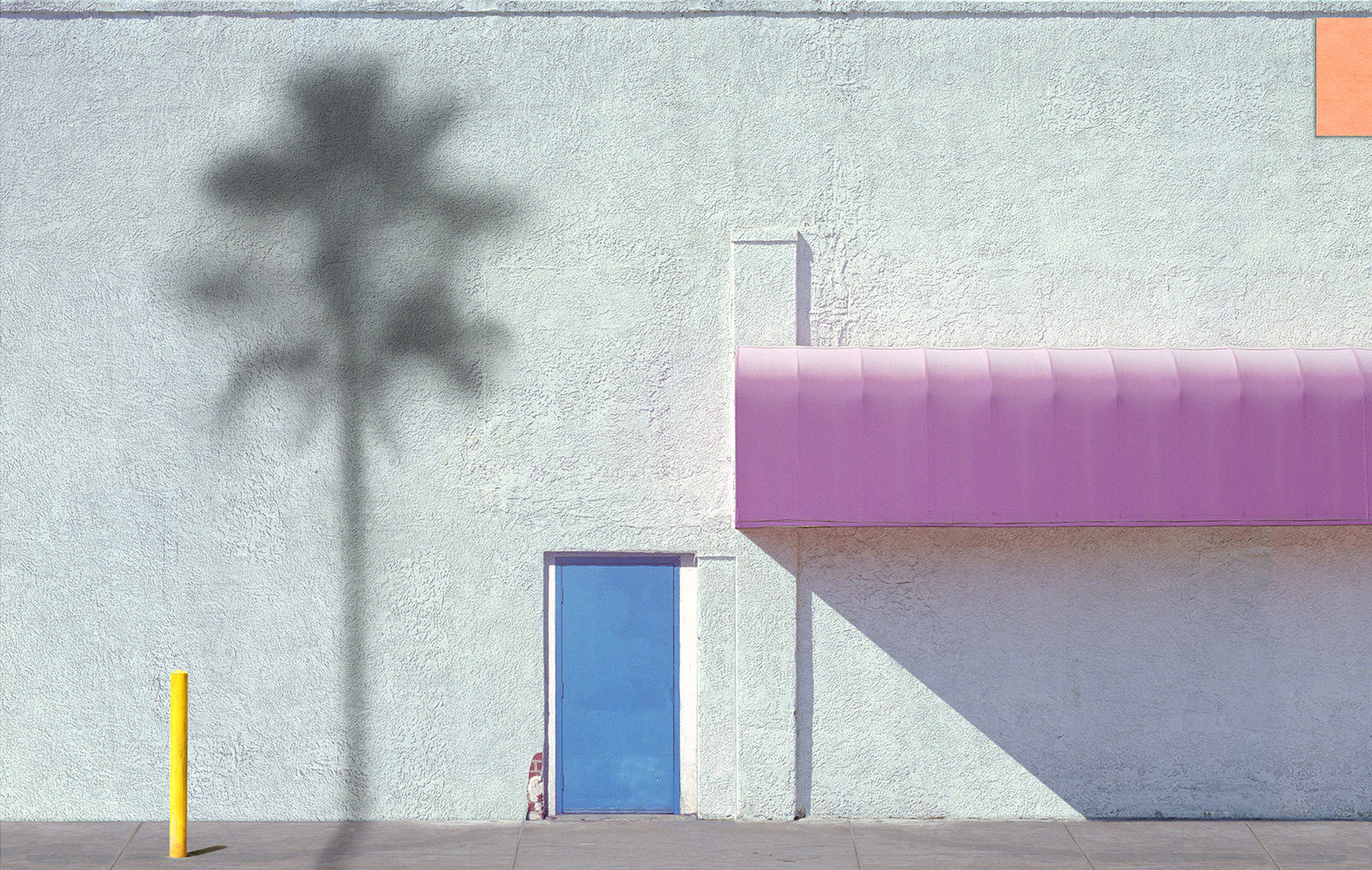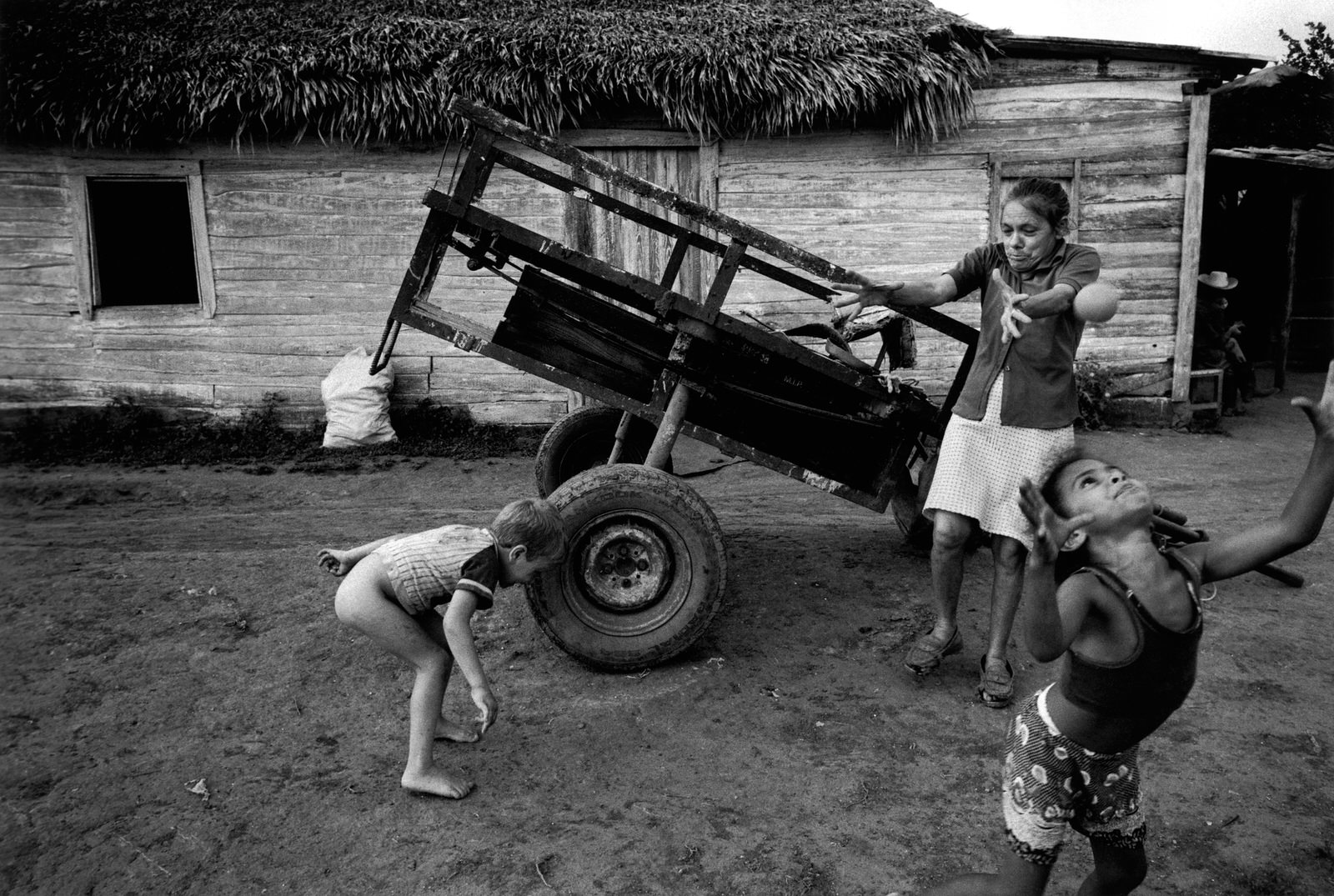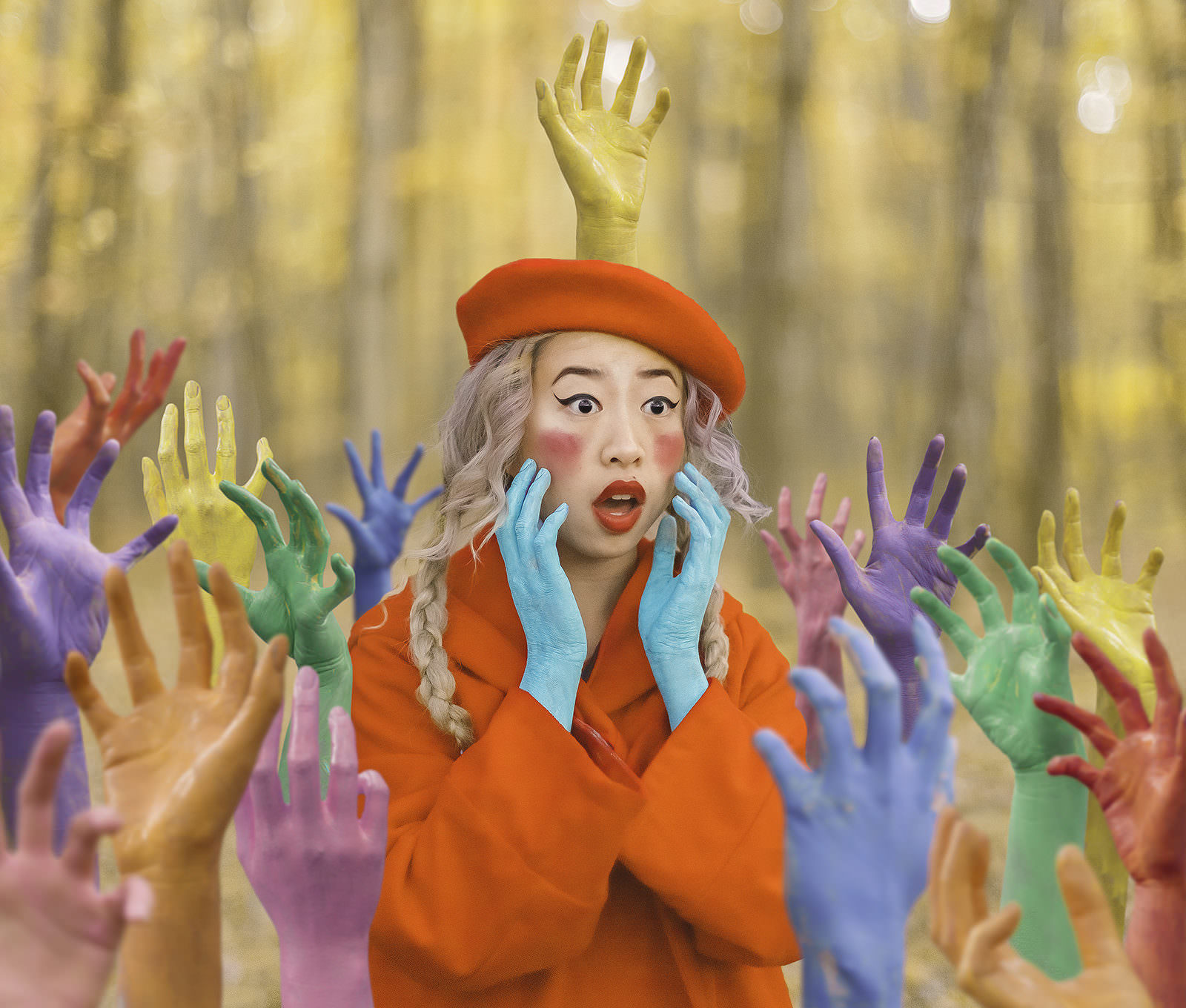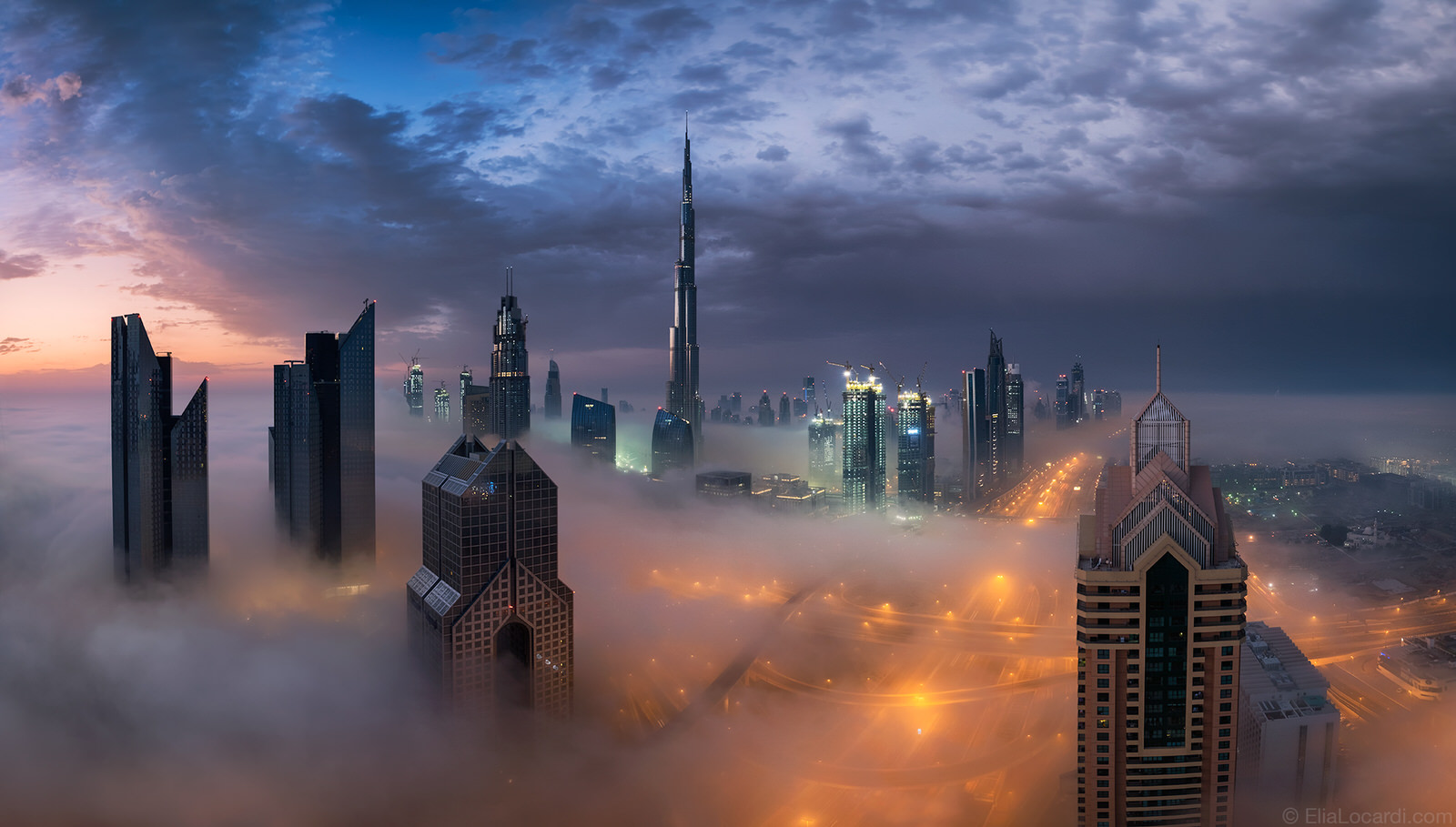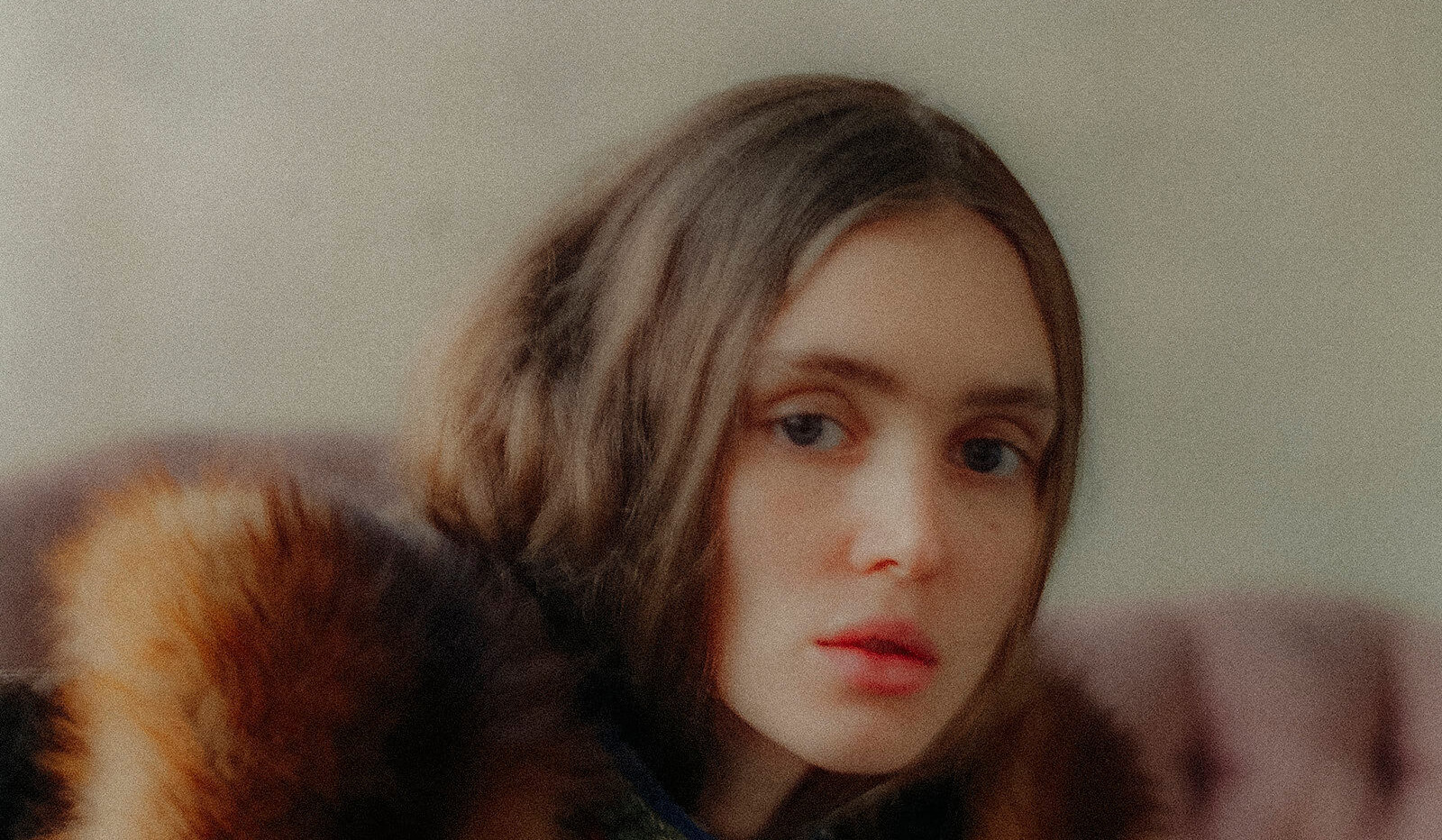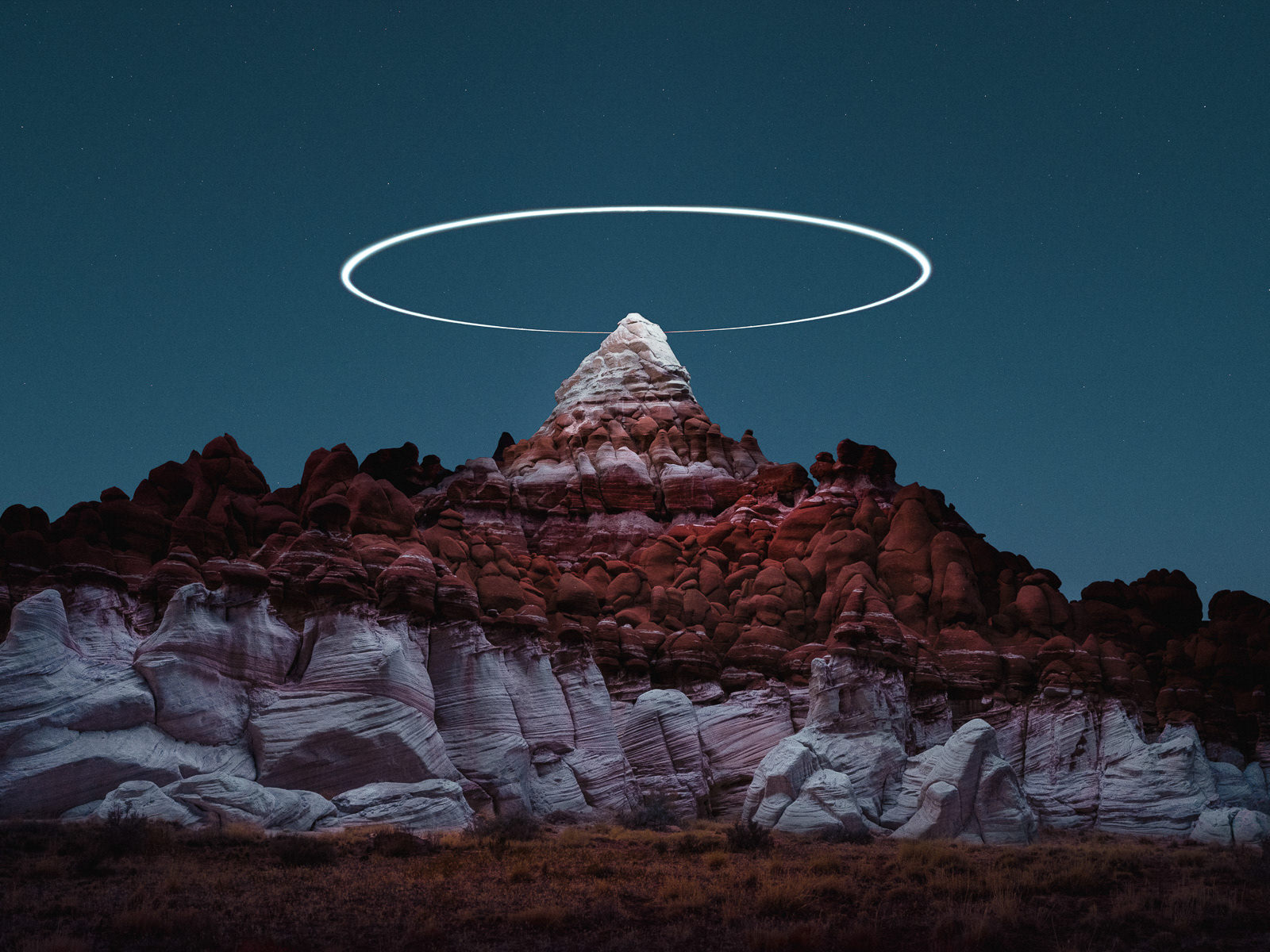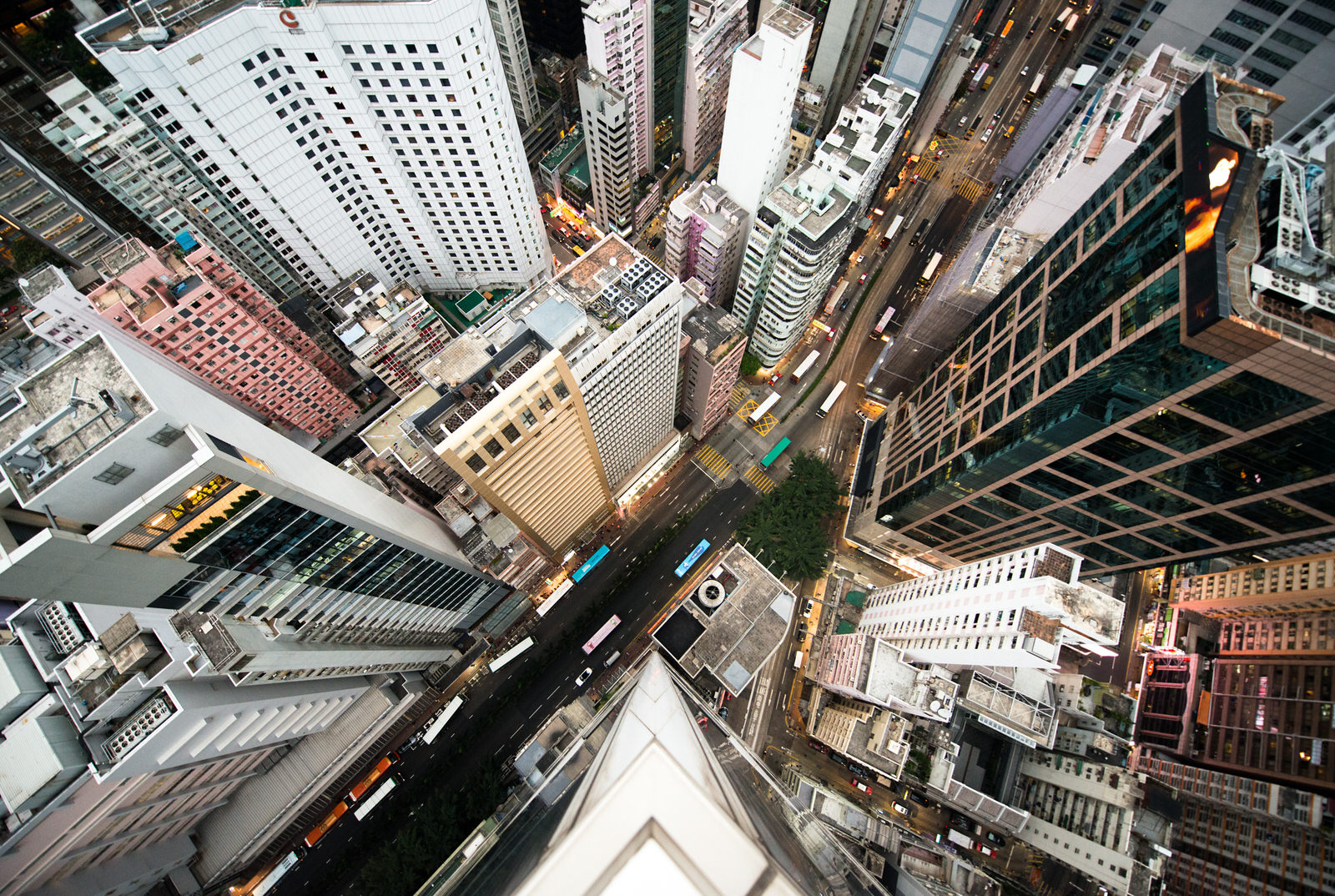
Building a Truly Diverse Photography Portfolio Pays off for Navid Baraty
When a photographer has such clients as NASA, Apple, Nike, United Airlines, National Geographic, BMW, and Airbnb, they have to have a pretty extensive and varied portfolio. Seattle-based photographer Navid Baraty has just that amazingly widespread CV.
Over the course of his career, Navid has worked all over the country and abroad, photographing New York City architecture, San Francisco seascapes, Washington State factory workers, and Cape Canaveral rocket launches. He’s even marched for science with Bill Nye in Washington, D.C., and traveled to China to work on an art installation for a new Apple Store.
Recently, Navid has returned to his photographic roots, spending time on the road shooting beautiful landscapes. He’s also continuing a side project where he creates and photographs the cosmos in the most unique way. Today, Navid tells us about his Wander Space Probe project and his journeys across America and beyond.
I found out about your work through your New York City from above photos which are fantastic. But delving into your work more, I see that you have a wide array of different styles and different projects going on.
Yeah, I do quite a range of stuff. I like the challenge of shooting different things, and it’s more exciting, I think, too, to keep challenging yourself with new work and new ideas and new projects.
One of your ongoing projects is the Wander Space Probe project, which has caught the attention of many online publications and media channels.
For sure. That’s just a little fun side project I work on.
Essentially, you’re creating images of space using food and a scanner. How did you come up with this idea?
Well, I had seen other artists who scan fruit or vegetables on scanners where they leave the lid open, making the all-black background. And the fruit and vegetables are really highly detailed.
I’ve had a passion for space since I was a child, and I just thought maybe I could use that black background and if I sprinkled spices instead of 3D objects, it might look like a galaxy or a nebula. So I just started playing around with it. And I was kind of surprised at how realistic you could make things look on a scanner.
They do look entirely realistic, at least to me! You’ve said before that for a long time people actually believed that they were real?
Yeah. I was just making them on my own and then I decided to share them with my friends online. And I decided to make a whole story to go with it because I wanted to see if they were realistic enough to fool people. I thought they looked pretty realistic, but I wanted to see if others could be fooled.
I made up a whole story about how I was part of this space program, basically. My background’s in electrical engineering, I became a photographer later on in life, so I said that because of my technical background and my photography skills, this space program hired me to process these images that a spacecraft was sending back.
I was sharing these photos that I was supposedly working on that this spacecraft was taking, and people thought I was actually employed by this company. That kind of validated everything for me, when I thought I could actually fool people. The images looked realistic enough.
I finally told people how I was making them. You know, it was just a side project of mine. I was making them mostly out of food and a lot of people really couldn’t believe it.
That’s amazing! I can see how they would fool people. Were you posting it on your social media at that point?
Yeah, I would post it on social media. And then when people knew the real story, I started posting it more and more online and going into the backstory of how I make them. I put it on Reddit, and then from there, it got a subpage on Reddit. And then from there, it kind of snowballed so other media outlets saw it.
Were you surprised by the response?
Yeah, I kind of was, actually. I was surprised by just how many people were telling me that they look realistic. I mean, even NPR did a little thing on my project. They even interviewed an astrophysicist, and he said that some of the images looked really realistic to him. So that was the ultimate compliment.
Do you have a favorite image of the series?
I kind of like the black hole that I made way back when. I combined coffee and soy sauce in a glass to make it really dark and then sprinkled spices around the edges of it. And I thought it looked pretty realistic, how it came out. It’s one of my favorites, I’d say.
You worked as an engineer before turning to photography. How did you get started in photography?
While working as an engineer, I would often go and photograph as much as I could on weekends. At the time I was living in San Diego; I had just moved there from Ohio shortly after college.
California was just so stunning to me, those landscapes that I’d never seen growing up in Ohio. So I just wanted to photograph all the time and I would go out on the weekends and shoot as much as I could. It just became more and more of a passion, and I finally decided that that’s what I needed to do with my life and not be an engineer anymore. I eventually transitioned into full-time photography.
Were you just shooting landscapes at that time?
Yeah, I was just kind of fascinated with the beaches and the cliffs and the sunshine all the time. So I would say mostly landscape. And I would do some architectural stuff.
Right, I read that you were working for Airbnb?
Yeah, I lived in San Diego for a year, and then I moved to San Francisco. That’s when I transitioned out of engineering to becoming more of a photographer. I lived in San Francisco for four years before moving to New York City in 2010.
When I moved to New York City is when I became full-time freelance photographer. I just kind of jumped in head first. That’s when I started shooting for Airbnb. In the four and a half years I was there, I shot probably about 900 apartments for them.
That’s how I got access to a lot of the buildings and it’s what enabled me to do my aerial series in New York looking straight down. I got to see New York from so many different vantage points that most people don’t get to see because I shooting so many different apartment buildings. I decided to make a series out of the access that I got to these rooftops and a lot of buildings around Manhattan and Brooklyn, just looking straight down on the city.
Airbnb is a pretty big client. And a couple years ago you did the Apple campaign. What are you doing to get your work recognized?
When I moved to New York, I found the Airbnb job. They were just starting out back then. They were kind of new, so I actually found it through Craigslist. I sent them my portfolio and they really liked my work, and I just started shooting for them.
It was kind of the best photo gig that I’ve ever done because it led to so much for me in my career now. After I started my aerial series, it just kind of took off from there. People seemed really interested, and a lot of different blogs featured it; news outlets picked it up.
Then I got noticed by Apple, and even the New York City Subway saw my work online. I had a year-long exhibition in a subway station in New York. It just kind of snowballs once you get noticed. Once you get your work out there, it just takes off if somebody features it and other people start seeing it.
The Apple project came about because I think they were just Google-searching New York City photographers, architectural landscape photographers. They came across my aerial work that was featured on some media outlet, and they really liked it and they contacted me.
That was a cool project. Could you tell us about that? Is it true that Apple contacted you and you flew to China a week later to start working?
Yeah, that was crazy. I was home for Thanksgiving that year, and Apple called me and asked if I could go to China in two weeks for a project, really last-minute. They were opening a new store in Chongqing, China. It was a big cylindrical-shaped store coming out of the ground and they were going to wrap this entire artwork around the outside of the store.
They wanted to bring together a photographer and a painter to create a mixed collaboration piece. They thought that my style of New York was what they were looking for to showcase the life and the heart of Chongqing. And they brought Yangyang Pan, a painter from Canada, who was originally born there. We flew to China and worked together for a little over a week on this project.
I would basically go out every day and take a whole bunch of shots around the city and capture the feel of the city from different vantage points. At night, we’d go through them and pick our favorite shots for the day. Then Apple would send those off to be printed really, really big. The next day, she would start painting over my photographs that they had printed, kind of her interpretation of what my photographs felt to her. While she was doing that, I would go shoot a new location and just do the whole process over and over again each day.
In the end, Apple decided on one of the shots that they really liked, and they printed it massive and wrapped it around the entire store before the opening. It was such an unusual and fun project to be a part of. They made a little mini-documentary about the whole project, too, that was pretty neat.
When you head out on a photo walk around the city, or when you’re shooting landscape, do you have any habits that are part of how you begin your creative process?
Not really habits. I try to go at certain times of the day when I think the light or the shadow will be interesting wherever I’m going. I’ll do a lot of research online to get ideas of places to go. I have a general idea of areas I want to go, and then I’ll try to time it with the lighting and just go and wander around and see what catches my eye.
Are there any photographers or artists that you most admire? And how has their work influenced your own?
For sure. I mean, there are so many on Instagram that I follow. A lot of National Geographic photographers are my idols, which definitely keeps me challenged and it pushes me to keep making my work better, because I see how amazing their photos are. It also gives me ideas of places to go or places I want to see and try to photograph with my own unique angle or natural perspective.
Paul Nicklen with National Geographic is amazing. And Stephen Alvarez, also with Nat Geo, is incredible. And there’s this guy on Instagram called Reuben Wu. He’s a Chicago-based artist and he’s done some amazing stuff lately with drones and Colorado mountains at night. His work is incredible. There are just so many I see on Instagram, so many photographers that I admire.
Do you have a book that you would recommend to other creative people?
I have a lot of favorite books. I read a lot of science fiction. And my all-time favorite science fiction series is the Hyperion series by Dan Simmons. It’s a four-book series, and it’s as much science fiction as it is a statement about humanity and existence.
You have an apparent interest in astronomy, how did that come about?
I grew up in rural Ohio, and as a kid I’d camp out in the backyard and just look at the stars through my telescope. I’ve always been fascinated by the unknowns and the mystery of space.
I’ve had such an awe and wonder for what’s out there. There’s so much we don’t know about it. I’ve carried that fascination into my adulthood; it hasn’t gone away. So I wanted to combine my awe and wonder for space with photography as well and I made the Wander project.
I’ve also done a lot of space journalism work. I traveled with The Planetary Society and Bill Nye to Cape Canaveral, Florida and shot one of their rocket launches three years ago. They launched a LightSail spacecraft that they’d built; and I photographed it for them. That was amazing. It was my first time setting up a remote camera by a launchpad to shoot a rocket launch and it was a lot of fun.
And, when they did the March for Science, I believe it was last spring, I went to Washington, D.C. Bill Nye was going to be there marching for science on the National Mall, so I went there and photographed the day for them and captured the march.
Back in 2012, when Curiosity landed on Mars, there was a broadcast of the entire landing that night on the big screen at Times Square. I went and photographed everyone’s reaction to what they were watching on the screen as the rover went through the seven minutes of terror and landed on the surface. It’s basically because of those photos that I got involved with The Planetary Society and Bill Nye.
At the time, they were pushing to get their funding restored for planetary science. And I reached out to them and said, “You know, these photos of the crowd at Times Square and just showing people’s awe and wonder and excitement for space. If these photos can help you guys in any way to help get your funding restored, let me know.”
They took me up on the offer and I sent them some photos. They ended up using them on some of their print brochures that they handed out to representatives. After that, I started this relationship with them, and I still have it to this day. We’re really good friends, and I still do shoots for them.
Anything that you’re working on when it comes to client work right now?
Yeah. So in Seattle, one of my busiest clients is Seattle Magazine and Seattle Business Magazine. Every month, Seattle Business Magazine does this really neat series where they feature something around the state. It’s called, “Made in Washington.” They’re featuring all sorts of different items made around the state.
I’ve been working on this for about a year and a half now. It’s been a really fun process, a really fun project to work on. I’ve driven all around the state, putting together these photo essays, sort of artistic, abstract shots of different items that are made here.
Recently, I went to this company that makes work gloves. It was so fascinating because it’s this old factory that’s been around for so many years. It’s all wood floors, really old machines, just a really beautiful factory.
I’ve also shot a sawmill. I shot a knifesmith who makes really fancy chef knives around the state. I shot a chocolate factory. I’ve shot a distillery, apple orchards. It’s really a big mix of subjects and it’s a lot of fun to shoot.
It’s interesting when you’re shooting all kinds of different things because you’re always learning. You’re learning about product photography, different techniques, different lighting, everything.
I’ve always been really fascinated with how things are made. I don’t know if it’s because I grew up watching Mr. Rogers as a kid, when he would go tour the factories and he saw how crayons were made. It feels like that. I’m photographing all these places now, the process of how they make everything from start to finish, and it’s just been really neat to see all the different products and what’s involved in making something.
By shooting such a vast array of everything, do you find that helps with preventing creative blocks because you’re always doing something different?
Yeah. I think it does help. If I get frustrated during a project, I can focus my attention on another one for a while. Sometimes I’ll be editing a photo and I’ll spend an hour or two or three on it, and it just won’t feel right. I don’t know what it is, it just isn’t working. The next day I’ll come back to it and within five minutes I’ve figured it out. So, when you have a block, it just helps to stop sometimes and take a break, do something different and come back to it later.
What’s next for you?
I’m planning to leave for a crazy road trip tomorrow for three weeks. Now that I live out in Seattle, I’m in close proximity to so many National Parks in the country, so I’m going on a 6,000-mile road trip for three to four weeks. I hope to hit 12 National Parks and just drive around, do a mix of camping and staying in hotels and car camping and just try to do a lot of landscape photography, a lot of night photography.
It should be a pretty fun time. It’s a lot of the country I’ve never seen before – Wyoming, Utah, Colorado, New Mexico. It should be pretty crazy.
Navid traveled over 7,000 miles and ended up visiting 13 national parks on his trip! The above are just a few highlights from the Grand Canyon, Yellowstone, Great Sand Dunes, and White Sands.
To see more more shots from the road, check out Navid’s 7,000 miles gallery on his Instagram or follow his map on Facebook. You can also see more of his extensive portfolio on his website.

















